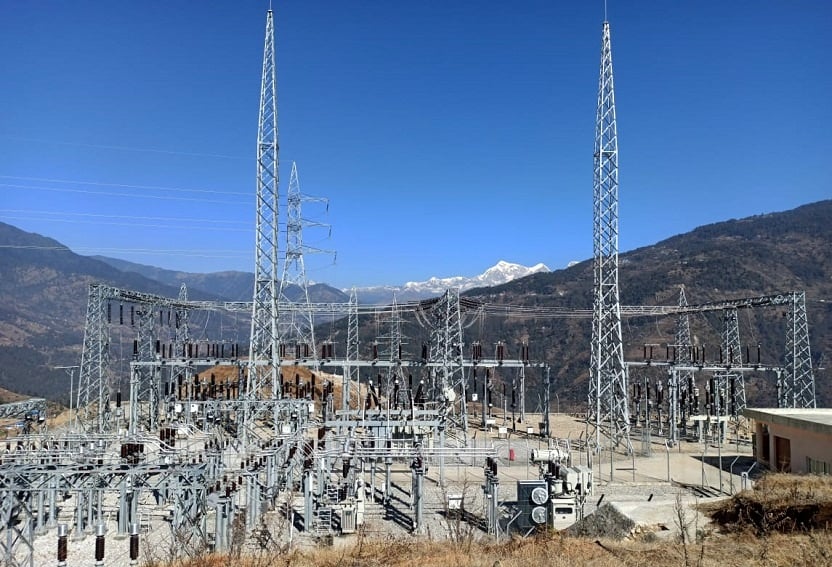How strong is UML Chair Oli in his constituency?
 File Photo/ Ratopati
File Photo/ Ratopati
KATHMANDU: Chairman of CPN-UML, KP Sharma Oli has been challenging the leaders of the opposition alliance including Maoist Chairman Pushpa Kamal Dahal ‘Prachanda’, Speaker Agni Prasad Sapkota, CPN(Unified Socialist) and Chairman Madhav Kumar Nepal to record victory in the upcoming general elections from the constituencies they contested the last polls.
It may be noted that Prachanda was elected from Chitwan, Sapkota from Sindhupalchowk and Nepal from Kathmandu districts in 2017 general elections.
He has not yet challenged Nepali Congress President Sher Bahadur Deuba to emerge victorious from Dadeldhura.
In this story we have discussed how strong is Oli, who is challenging others to record victory in the upcoming elections, in his constituency in Jhapa district.
While analyzing the result of the last election in Jhapa-5, Oli is more likely to defend his membership in the federal parliament.
UML had formed an alliance with the Maoist Center during the 2017 polls. In Jhapa-5, there was a three-party alliance including UML, Maoist and Rastriya Prajatantra Party (RPP).
Oli was quite popular ahead of the 2017 polls. At the same time, RPP’s popularity in Jhapa’s Damak Municipality helped Oli secure a comfortable win with a huge difference. Oli won 57,139 votes which accounts for 62.55 percent of the total voters in the constituency.
Oli’s nearest contender NC’s Khagendra Adhikari secured 28,297, meaning Oli won with a difference of 28,842, more votes than that Adhikari received.
Oli’s votes also included the RPP’s popular votes. To know how strong RPP is in the constituency, it is necessary to analyze the votes received by the parties through the proportional representation (PR) system.
RPP had secured as many as 9,059 votes while Maoist Center got 6,352 votes. Which means votes secured by Oli might have included 15,411 votes of RPP and Maoist Center.
If we subtract the number of votes of RPP and Maoist Center from the total votes secured by Oli, the UML’s vote alone counted more than 42,000.
When we subtract the votes secured by NC, Oli still leads by 14,000 votes. It may be the reason that Oli is confident of winning the upcoming elections.
Scenario in local levels is different
Though Oli’s UML recorded a landslide victory during the 2017 elections, the scenario based on the results of the local levels in Jhapa-5 suggests that Oli still has a challenge to contest election against the ruling alliance of five parties including NC, Maoist, CPN (US), Janata Samjbadi Party (JSP) and Rastriya Prajatantra Party (RPP).
There are four local levels in Oli’s constituency --- two rural municipalities and two other municipalities.
Of the four local levels, UML had won in one while NC and RPP had won one local level each. At a local level, UML’s candidate won on a lucky draw after the two candidates [of UML and Congress] secured the equal number of votes.
UML had emerged victorious in Damak Municipality without any alliance in the 2017 elections. However, it will be difficult for the party to secure victory against NC-Maoist alliance if RPP doesn’t extend ites support.
UML stood fourth in Gauriganj Rural Municipality.
UML and Congress received equal numbers of votes in Kamal Rural Municipality.
Congress party had won the 2017 elections in Gauradaha Municipality even without the support of any political party. While analyzing the vote difference as of the 2017 local level elections, five-party alliance may impact Oli’s election campaign.
Oli also had a history of losing two parliamentary elections in the past.



_GuyKOE272v.png)






Leave Comment